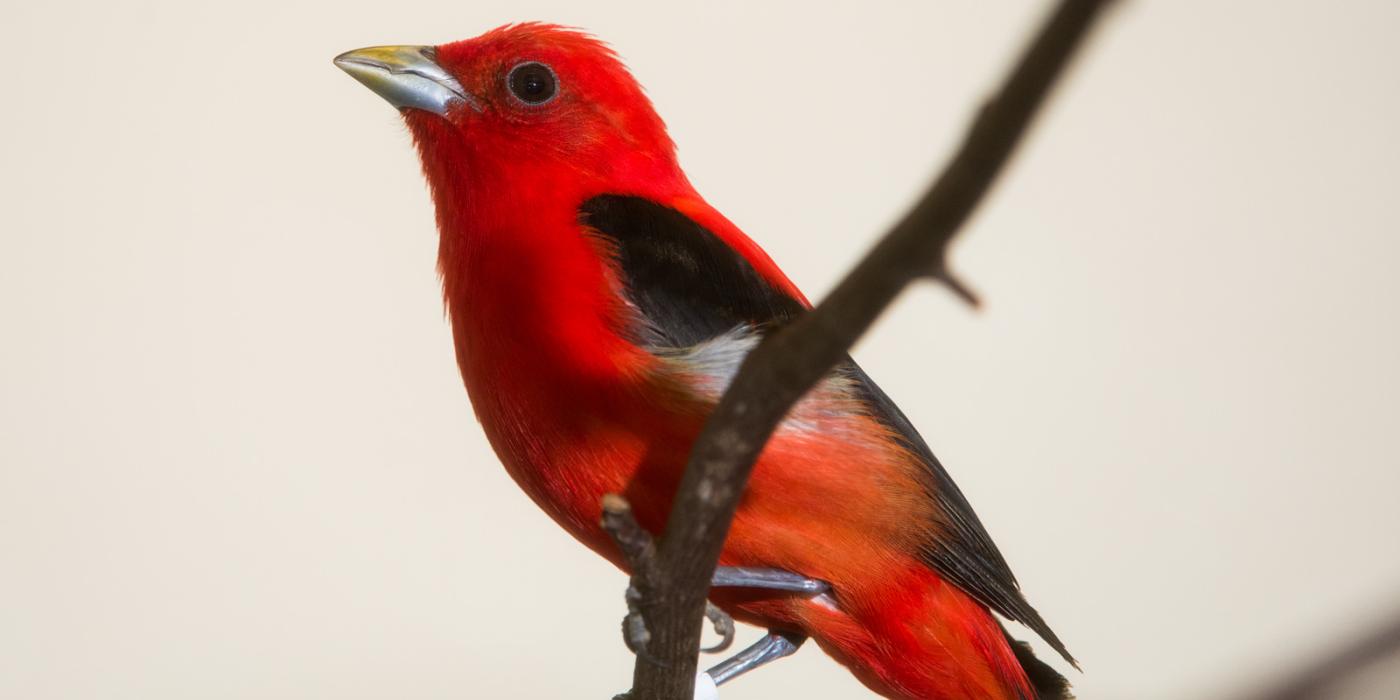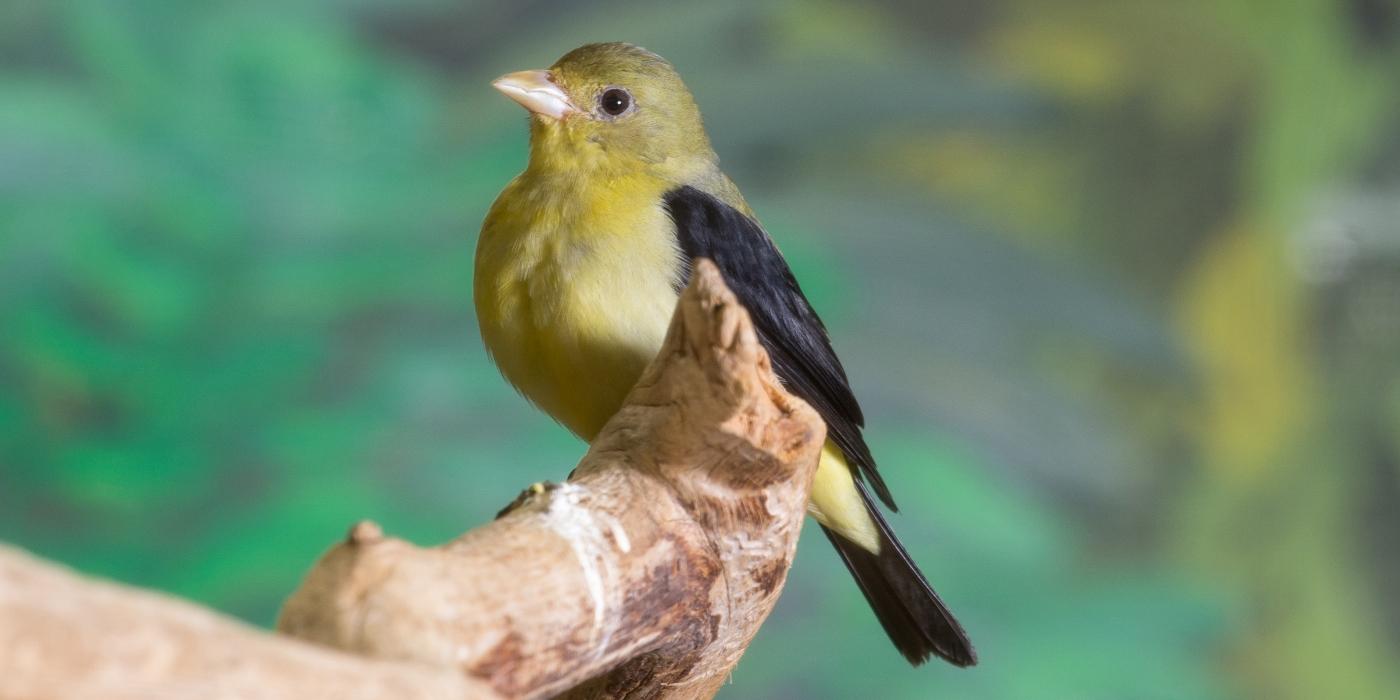Physical Description
Size
Native Habitat
Communication
Food/Eating Habits
Social Structure
Reproduction and Development
Conservation Efforts
Like other species, the scarlet tanager is noted for being at particular risk of brood parasitism from the brown-headed cowbird. As a brood parasite, the brown-headed cowbird lays its eggs in the nest of a host species. The host parents treat cowbird eggs and young as their own which frequently hatch sooner. Cowbird young develop more rapidly and can push out eggs and young of the host nest as well as outcompete host young for parental feeding.
Help this Species
Reduce, reuse and recycle — in that order! Cut back on single-use goods, and find creative ways to reuse products at the end of their life cycle. Choose recycling over trash when possible.
Be a smart consumer. Choose products made with sustainable ingredients, such as Smithsonian certified Bird Friendly coffees, which support farmers striving to limit their impact on wildlife and habitat.
Practice ecotourism by being an advocate for the environment when you’re on vacation. During your travels, support, visit or volunteer with organizations that protect wildlife. Shop smart too! Avoid buying products made from animals, which could support poaching and the illegal wildlife trade.
Be a responsible cat owner, and keep cats indoors or under restraint when outside. Never release animals that have been kept as pets into the wild.
Organize or attend a stream, river, lake or other waterway cleanup in your area to preserve aquatic habitats for local species.
Avoid single-use plastics, such as plastic bottles, bags and utensils. Choosing reusable options instead can help reduce plastic pollution.
Conservation starts with you! Join a citizen science project where you can help collect valuable data for scientists. Encourage your friends and family to get involved too.
Smithsonian's National Zoo and Conservation Biology Institute. (n.d.). Scarlet tanager. Retrieved January 5, 2026, from https://nationalzoo.si.edu/animals/scarlet-tanager




